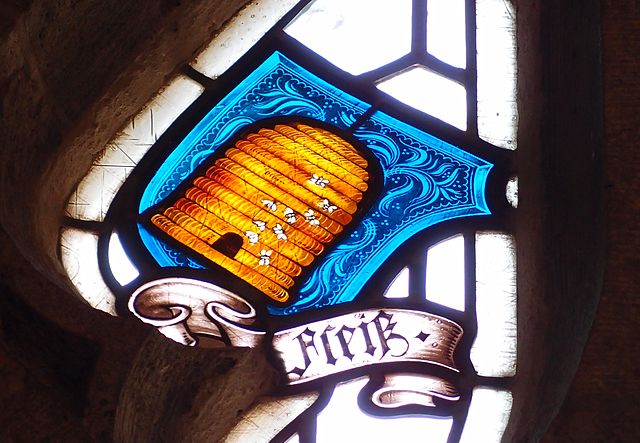a wasp kills a bee
I was warily scanning the clover for bees as T and I walked barefoot on the lawn behind our house when I noticed the wasp. A yellow-jacket hovering over a patch of clover, making frequent dives to a particular spot. We moved closer to investigate.
Caught under the canopy of the short grass was a bee, orange-tailed and hairy but not as fat as a bumblebee. Whether it was the wasp’s doing or some other misfortune, the bee’s wings were no use to it, and a bead of thick yellow liquid collected near its stinger. It scrabbled uselessly as the wasp probed for attacking opportunities.
The wasp’s tactic was to latch onto the back of the bee and go to work with its jaws rather than its stinger. The bee would beat its wings and pump its legs furiously, and the wasp would retreat and methodically resume its approach. Each time the bee got weaker.
After about three minutes and ten such attacks, the bee’s struggles were feeble, and its body was wedged deeper in the grass. We had to lean in closer to make out what was happening. The wasp straddled the bee, chewing at the joint between abdomen and thorax. It released its grip to tear off the one wing that was still beating, revealing a tiny fly that was already opportunistically sucking at the oozing stinger liquid.
After another minute, the wasp finished its task and rose from the grass, in a faltering takeoff, with the entire upper half of the bee — its thorax, head, legs, and one ragged wing — dangling in its jaws. The wasp swung to the side and downwards, nearly colliding with the grass, before ascending with its load in the direction of some trees.
We bent down and looked at the remains of the bee’s abdomen, still twitching gently in the grass. It seemed to have left the juiciest part, but the wasp must have had its reasons.
